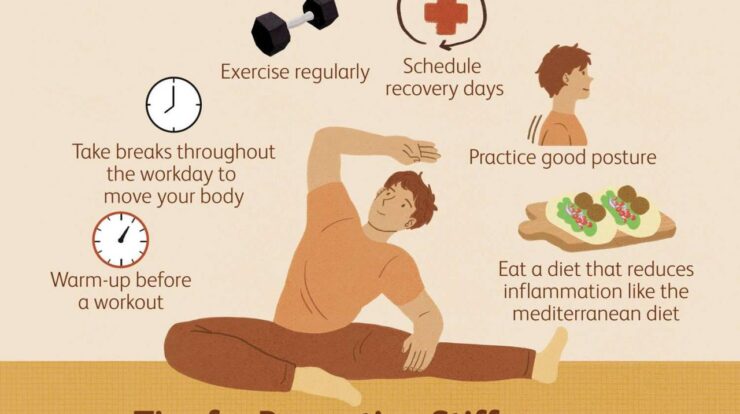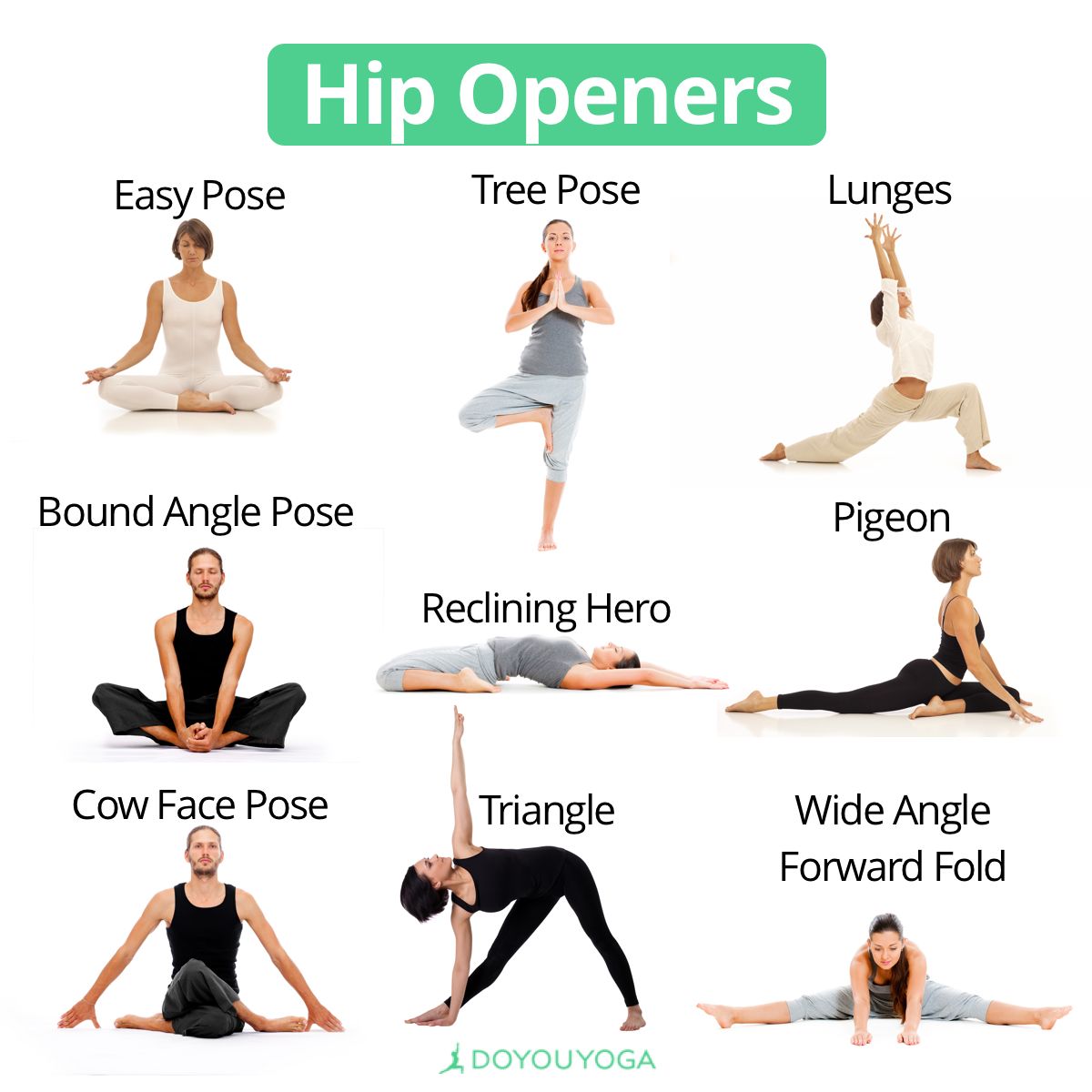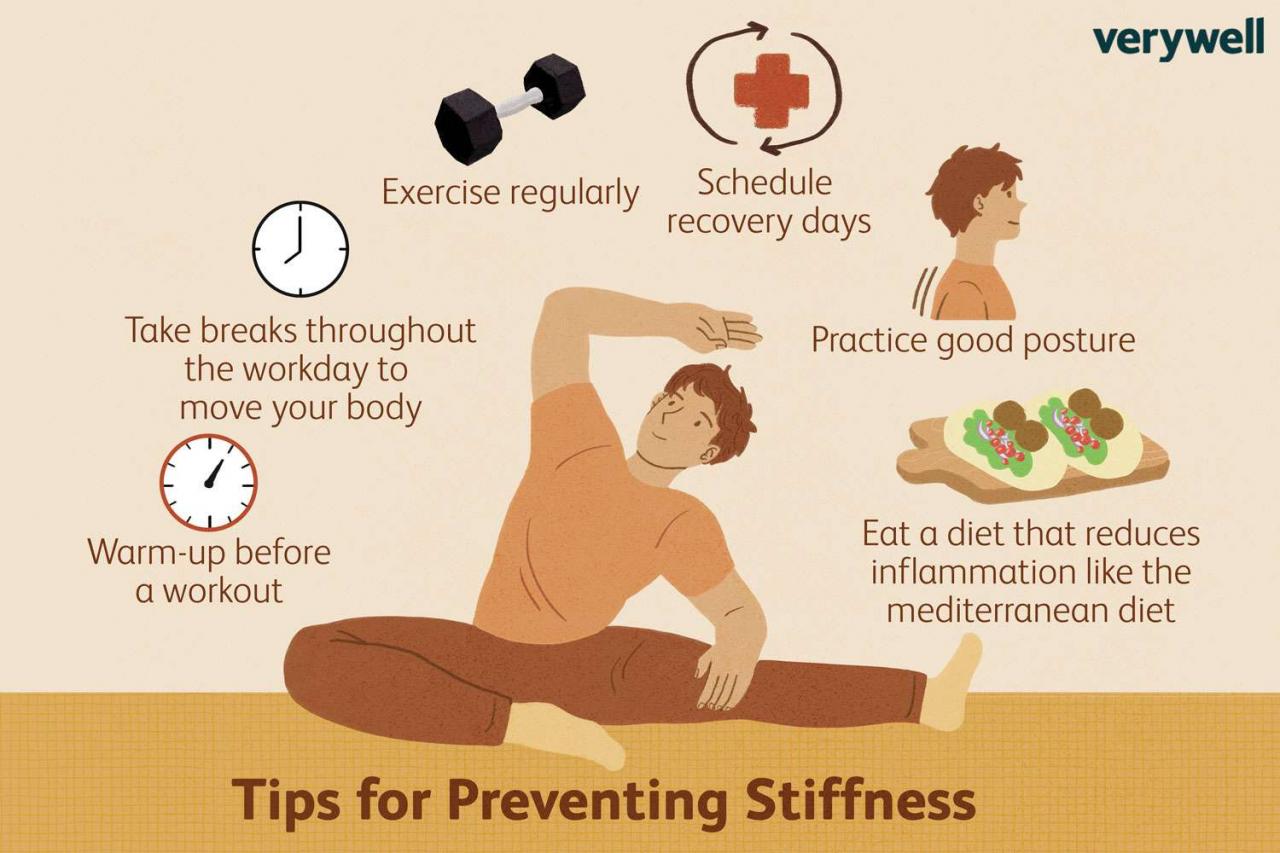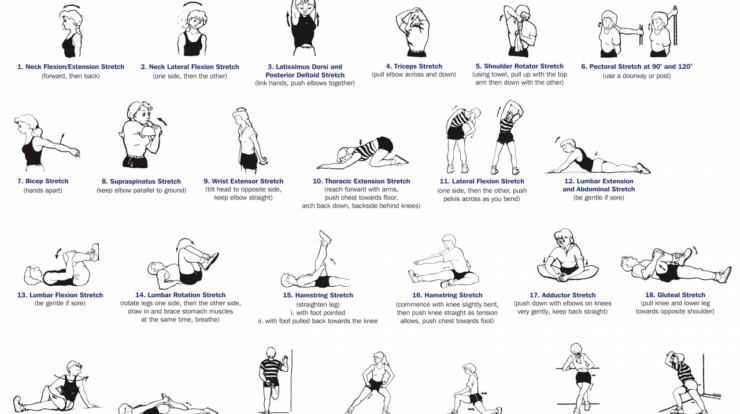
Explain why regular exercise is the best way to prevent flexibility issues. – Exercise: The Ultimate Key to Flexibility
Flexibility is crucial for overall well-being, and regular exercise is the key to achieving and maintaining it. Discover why exercise is the best way to prevent flexibility issues and enhance your daily life.
Introduction

Flexibility is the ability of your muscles to lengthen and shorten, and it’s essential for overall health. It helps you move easily, reduce your risk of injury, and improve your balance and coordination. Regular exercise is the best way to improve and maintain flexibility.
When you exercise, you put your muscles through a range of motion, which helps to keep them flexible. Exercise also helps to increase blood flow to your muscles, which delivers oxygen and nutrients that help to keep them healthy and strong.
Types of Flexibility Exercises
There are many different types of flexibility exercises, each of which targets different muscles and joints. Some common types of flexibility exercises include:
- Static stretching:This type of stretching involves holding a stretch for a period of time, typically 10-30 seconds. Static stretching is best done after a workout or when your muscles are warm.
- Dynamic stretching:This type of stretching involves moving your body through a range of motion, such as arm circles or leg swings. Dynamic stretching is best done before a workout or when your muscles are cool.
- Active stretching:This type of stretching involves using your own muscles to move your body into a stretch. Active stretching is best done after a workout or when your muscles are warm.
- Passive stretching:This type of stretching involves using an external force, such as a partner or a stretching machine, to move your body into a stretch. Passive stretching is best done when your muscles are warm.
The best type of flexibility exercise for you will depend on your individual needs and preferences. It’s important to find a variety of exercises that you enjoy and that you can do regularly.
Benefits of Regular Exercise for Flexibility, Explain why regular exercise is the best way to prevent flexibility issues.
Regular exercise can help you improve your flexibility in a number of ways. Exercise helps to:
- Increase your range of motion:Exercise helps to lengthen your muscles and increase your range of motion, which can make it easier to do everyday activities, such as reaching overhead or bending down to pick something up.
- Reduce muscle stiffness:Exercise helps to reduce muscle stiffness, which can make it easier to move around and reduce your risk of injury.
- Improve joint health:Exercise helps to lubricate your joints and improve their range of motion, which can reduce your risk of arthritis and other joint problems.
Improved flexibility can also help you to:
- Reduce your risk of injury:Flexible muscles are less likely to be injured during everyday activities or exercise.
- Improve your balance and coordination:Flexible muscles help to improve your balance and coordination, which can make you less likely to fall.
- Enhance your performance in sports and other activities:Flexible muscles help you to move more efficiently and with less effort, which can improve your performance in sports and other activities.
Frequency and Duration of Exercise for Optimal Flexibility
The frequency and duration of exercise needed to achieve optimal flexibility will vary depending on your individual needs and goals. However, most experts recommend doing flexibility exercises at least 2-3 times per week for 10-15 minutes each time.
It’s important to start slowly and gradually increase the frequency and duration of your flexibility exercises over time. If you try to do too much too soon, you may injure yourself.
Understanding the connection between stiff and tight back muscles and lower back pain can be crucial for addressing discomfort. Engaging in exercises specifically designed to target lower back fat, such as those outlined in exercises for lower back fat , can effectively strengthen these muscles and improve flexibility.
Here is a sample exercise plan that you can use to improve your flexibility:
- Monday:Static stretching for 10-15 minutes
- Wednesday:Dynamic stretching for 10-15 minutes
- Friday:Active stretching for 10-15 minutes
You can adjust this plan to fit your own needs and preferences. It’s important to find a routine that you can stick to and that you enjoy.
Tips for Safe and Effective Flexibility Training
Here are some tips for safe and effective flexibility training:
- Warm up before stretching:It’s important to warm up your muscles before stretching to reduce your risk of injury. You can warm up by doing light cardio, such as walking or jogging, for 5-10 minutes.
- Use proper stretching techniques:It’s important to use proper stretching techniques to avoid injury. When you stretch, be sure to keep your back straight and your muscles relaxed. Don’t overstretch or bounce.
- Listen to your body:If you feel pain while stretching, stop and consult with a doctor or physical therapist.
- Be consistent:The key to improving flexibility is to be consistent with your stretching routine. Aim to do flexibility exercises at least 2-3 times per week.
Ultimate Conclusion

Incorporating regular exercise into your routine is essential for maintaining flexibility and overall health. Embrace the benefits of exercise and start your journey toward improved flexibility today.
Essential FAQs: Explain Why Regular Exercise Is The Best Way To Prevent Flexibility Issues.
How often should I exercise for flexibility?
Aim for at least 2-3 sessions per week, with each session lasting around 30 minutes.
What types of exercises are best for flexibility?
Static stretching, dynamic stretching, and yoga are excellent choices.
Stiff and tight back muscles can contribute to lower back pain. Regular exercise, including exercises specifically designed for the lower back, can help strengthen these muscles and reduce pain. While exercises can be beneficial, it’s essential to consult a medical professional for personalized guidance on exercises and overall treatment.
Is it safe to stretch every day?
Yes, but listen to your body and rest when needed.







